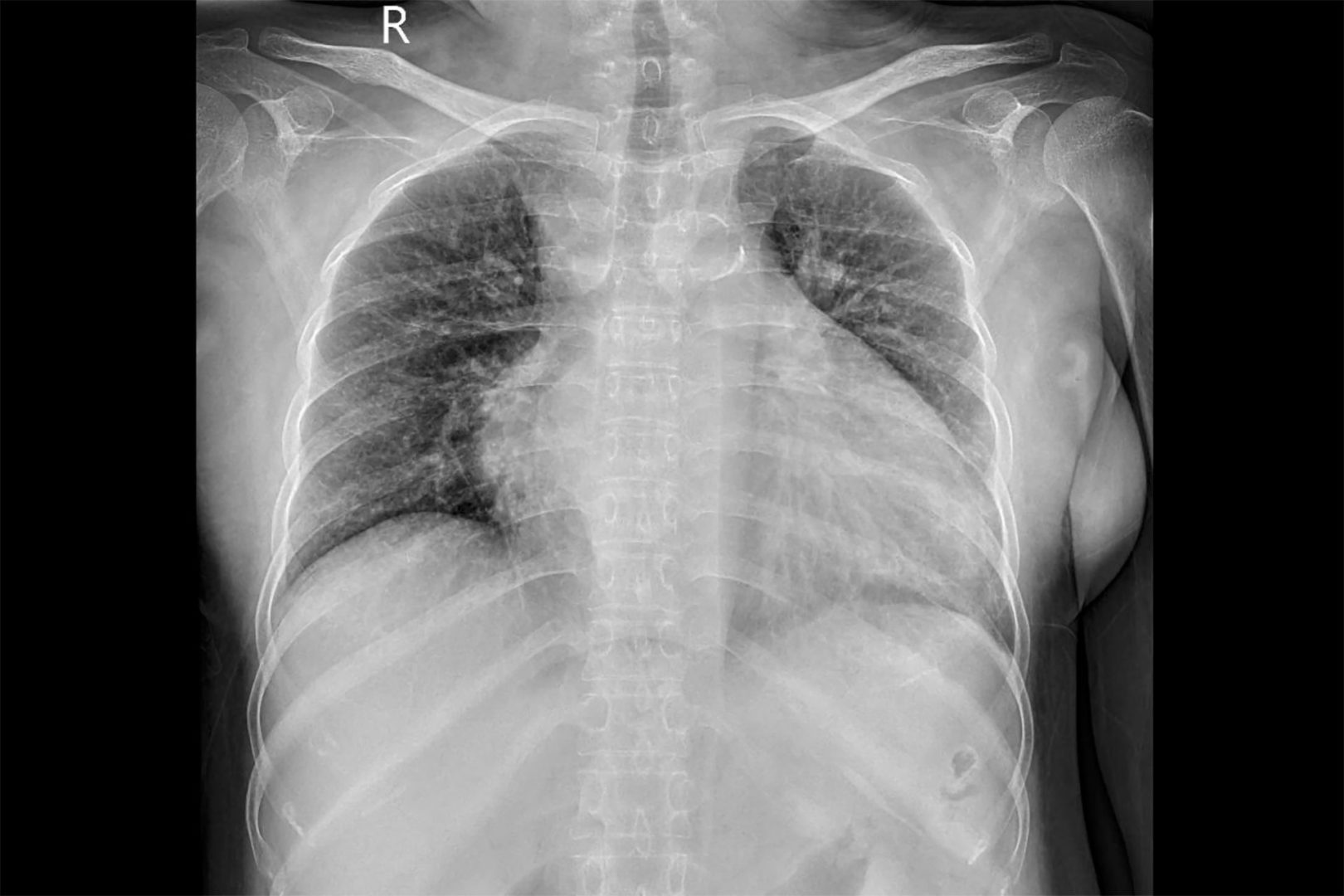Understanding subtle signals could help patients and doctors identify spreading cancer before it becomes an emergency
How cancer spreads beyond its original location
Metastatic cancer, the form of cancer that spreads from its original site to distant parts of the body, often provides warning signs long before diagnosis. These signals, frequently dismissed as unrelated health issues, represent critical opportunities for earlier intervention and treatment. The process of metastasis follows predictable pathways that create distinctive patterns of symptoms based on where cancer cells travel and establish new tumors.
Cancer cells spread through three primary routes: the lymphatic system, bloodstream, and direct extension into nearby tissues. This migration explains why certain cancers frequently metastasize to specific locations. Breast cancer commonly spreads to bones, lungs, liver, and brain, while colorectal cancer typically moves to the liver and lungs. Prostate cancer shows a strong affinity for bone tissue, and lung cancer often invades the brain, bones, and adrenal glands.
The biology behind this targeted spread involves complex cellular mechanisms. Cancer cells must first detach from the primary tumor, enter circulation, survive the journey, exit the circulation at a distant site, and establish growth in the new environment. Each step represents a potential opportunity for medical intervention if detected early enough.
The subtle signals often missed by patients
The warning signs of metastatic cancer frequently masquerade as everyday health complaints, causing many people to delay seeking medical attention. These signals vary depending on where the cancer spreads, creating a constellation of symptoms that may seem unrelated without proper context.
When cancer spreads to bones, patients often experience persistent, progressively worsening pain that continues even at rest. This discomfort differs from typical muscle or joint pain, as it may not respond to over-the-counter pain relievers and frequently intensifies at night. Bone metastases can also lead to unexpected fractures from minimal trauma, signaling weakened bone integrity.
Liver metastases create a different pattern of warning signs. Unexplained weight loss, diminished appetite, and a feeling of fullness after eating small amounts suggest potential liver involvement. Yellowing skin or eyes (jaundice), darkened urine, and lighter-colored stools indicate bile duct obstruction caused by growing tumors. Persistent pain or discomfort in the upper right abdomen may develop as the liver capsule stretches from tumor growth.
Lung metastases often present through respiratory changes. A persistent cough that worsens over time, particularly one producing blood-tinged sputum, warrants immediate medical evaluation. Unexplained shortness of breath, especially during normal activities that previously caused no difficulty, may indicate growing lung nodules. Recurrent respiratory infections or pneumonia that resolves but quickly returns can signal airway obstruction from metastatic tumors.
Brain metastases create neurological symptoms that patients frequently attribute to stress, aging, or fatigue. Persistent headaches that intensify in the morning or when lying down suggest increased intracranial pressure. Vision changes, including blurriness, double vision, or partial vision loss, may indicate tumors affecting visual pathways. Unexplained seizures, cognitive changes, personality alterations, or progressive weakness on one side of the body represent urgent warning signs requiring immediate evaluation.
The timeline of metastatic progression
Metastatic spread follows a timeline that varies by cancer type, creating windows of opportunity for intervention. Some aggressive cancers, like pancreatic and certain lung cancers, metastasize rapidly, while others, such as certain breast and prostate cancers, may develop metastases years after initial treatment.
This variation explains why some patients develop metastatic disease despite successful initial treatment and regular follow-up care. Cancer cells can remain dormant at distant sites for extended periods before reactivating, a process scientists continue to investigate. These dormant cells, undetectable by current imaging techniques, represent a significant challenge in preventing cancer recurrence.
Understanding the typical progression patterns helps both patients and healthcare providers remain vigilant during high-risk periods. The first two years after primary treatment completion carry elevated risk for aggressive cancers, while hormone-sensitive cancers maintain metastatic potential for decades.
For breast cancer survivors, bone metastases may develop 5-10 years after initial diagnosis, while lung metastases often appear earlier in the disease course. Colorectal cancer patients face the highest risk of liver metastases within the first three years after treatment. These patterns underscore the importance of adhering to follow-up schedules even when feeling well.
Why early detection matters for metastatic disease
While metastatic cancer remains largely incurable, earlier detection dramatically impacts quality of life, treatment options, and survival duration. Patients diagnosed with limited metastatic disease (oligometastasis) may qualify for localized treatments like surgery or targeted radiation that can significantly extend survival.
The size and number of metastatic tumors at diagnosis directly correlate with treatment response. Smaller tumors typically respond better to systemic therapies like chemotherapy, immunotherapy, and targeted medications. Earlier intervention also allows patients to begin treatment while maintaining better physical condition, enabling them to tolerate more aggressive therapy regimens.
The psychological impact of early detection cannot be overstated. Patients diagnosed before experiencing debilitating symptoms maintain greater independence and report higher quality of life throughout treatment. Earlier intervention also provides more time to explore clinical trials and emerging therapies that may offer additional options beyond standard treatments.
Medical advances continue to improve outcomes for metastatic cancer patients, with some individuals now living years or even decades with advanced disease. These successes depend heavily on detecting spread early enough to implement appropriate treatment strategies before extensive tumor growth occurs.
Risk factors that increase metastasis likelihood
Certain factors significantly increase the risk of metastatic progression, warranting heightened surveillance. The initial cancer’s characteristics provide important clues about metastatic potential. Higher-grade tumors, certain genetic mutations, and specific molecular profiles correlate with increased spread risk.
The timing of original diagnosis plays a crucial role in metastatic risk assessment. Cancers diagnosed at later stages have typically developed adaptations that facilitate spread, increasing future metastasis likelihood even after apparently successful treatment. Incomplete initial treatment, whether due to medical limitations or patient choice, substantially raises recurrence risk.
Personal health factors influence metastatic progression as well. Chronic inflammation creates an environment conducive to cancer spread, while compromised immune function reduces the body’s ability to eliminate circulating cancer cells. Hormonal factors significantly impact certain cancers, explaining why hormone-sensitive tumors like breast and prostate cancer maintain metastatic potential for extended periods.
Family history provides additional insight into potential metastatic patterns. Hereditary cancer syndromes often display characteristic spread patterns, helping guide surveillance strategies. Multi-generational cancer histories can reveal inherited tendencies toward particular metastatic behaviors, allowing for more targeted monitoring.
Creating a personal monitoring strategy
Developing an individualized surveillance plan based on specific risk factors improves the chances of detecting metastatic disease early. This approach begins with understanding the particular warning signs associated with likely spread locations for the original cancer type.
Patients should maintain detailed health journals documenting new symptoms, particularly those persisting beyond two weeks or gradually worsening over time. This documentation helps identify patterns that might otherwise go unnoticed during periodic medical visits and provides valuable information for healthcare providers.
Regular follow-up appointments serve as cornerstone surveillance opportunities. These visits should include thorough discussions of any new health concerns, appropriate laboratory testing, and physical examinations focusing on common metastatic sites. Imaging studies, while not recommended without specific symptoms, play a crucial role when warning signs emerge.
Blood-based biomarkers offer another monitoring approach for certain cancers. Tumor markers like PSA for prostate cancer, CA 15-3 for breast cancer, and CEA for colorectal and other cancers can signal recurrence before symptoms develop. While not perfect indicators, rising levels warrant further investigation, particularly when combined with other concerning findings.
The future of metastatic cancer detection
Emerging technologies promise to revolutionize metastatic cancer detection, potentially identifying spread before conventional symptoms develop. Liquid biopsy techniques, which detect circulating tumor DNA in blood samples, continue advancing toward clinical implementation. These tests may eventually enable regular monitoring for cancer recurrence through simple blood draws, significantly improving early detection rates.
Advanced imaging technologies with enhanced sensitivity for small metastatic deposits represent another promising frontier. Whole-body MRI protocols, molecular imaging techniques, and combination approaches show potential for detecting metastases earlier than current standard methods.
Artificial intelligence applications in medical imaging interpretation improve detection accuracy by identifying subtle patterns human reviewers might miss. These computer-assisted approaches, while still developing, already demonstrate impressive capability in recognizing early metastatic changes across multiple imaging modalities.
Patient education remains fundamental to effective early detection strategies. Knowledgeable patients who understand their specific risk profiles and recognize relevant warning signs seek medical attention more promptly when concerning symptoms develop. This awareness, combined with advancing technology, offers hope for continued improvement in metastatic cancer outcomes.
The whispered warnings of metastatic cancer deserve close attention. By understanding these signals and responding appropriately, patients and healthcare providers can identify spread earlier, implement treatment more effectively, and ultimately improve both duration and quality of life for those facing this challenging diagnosis.












